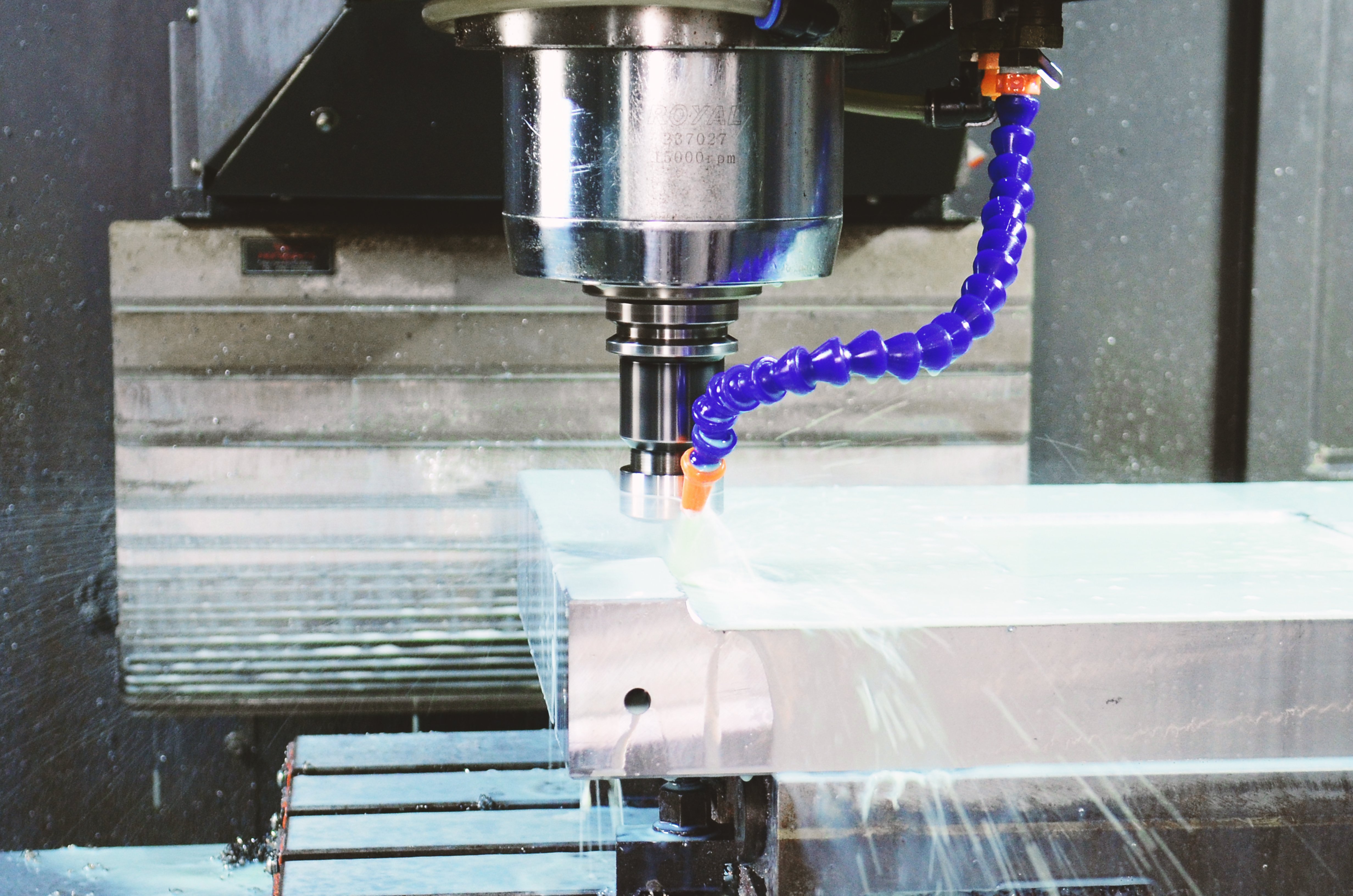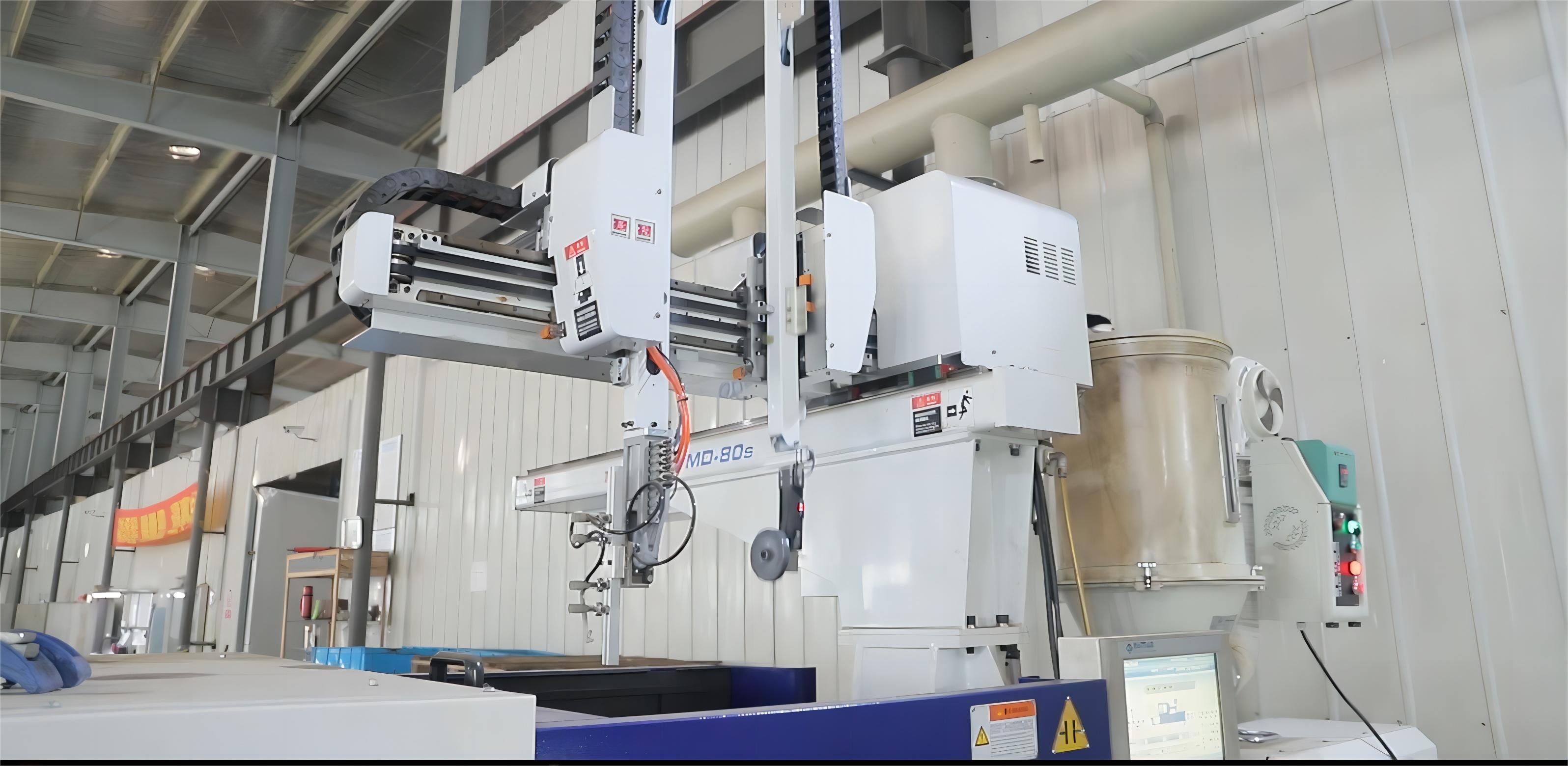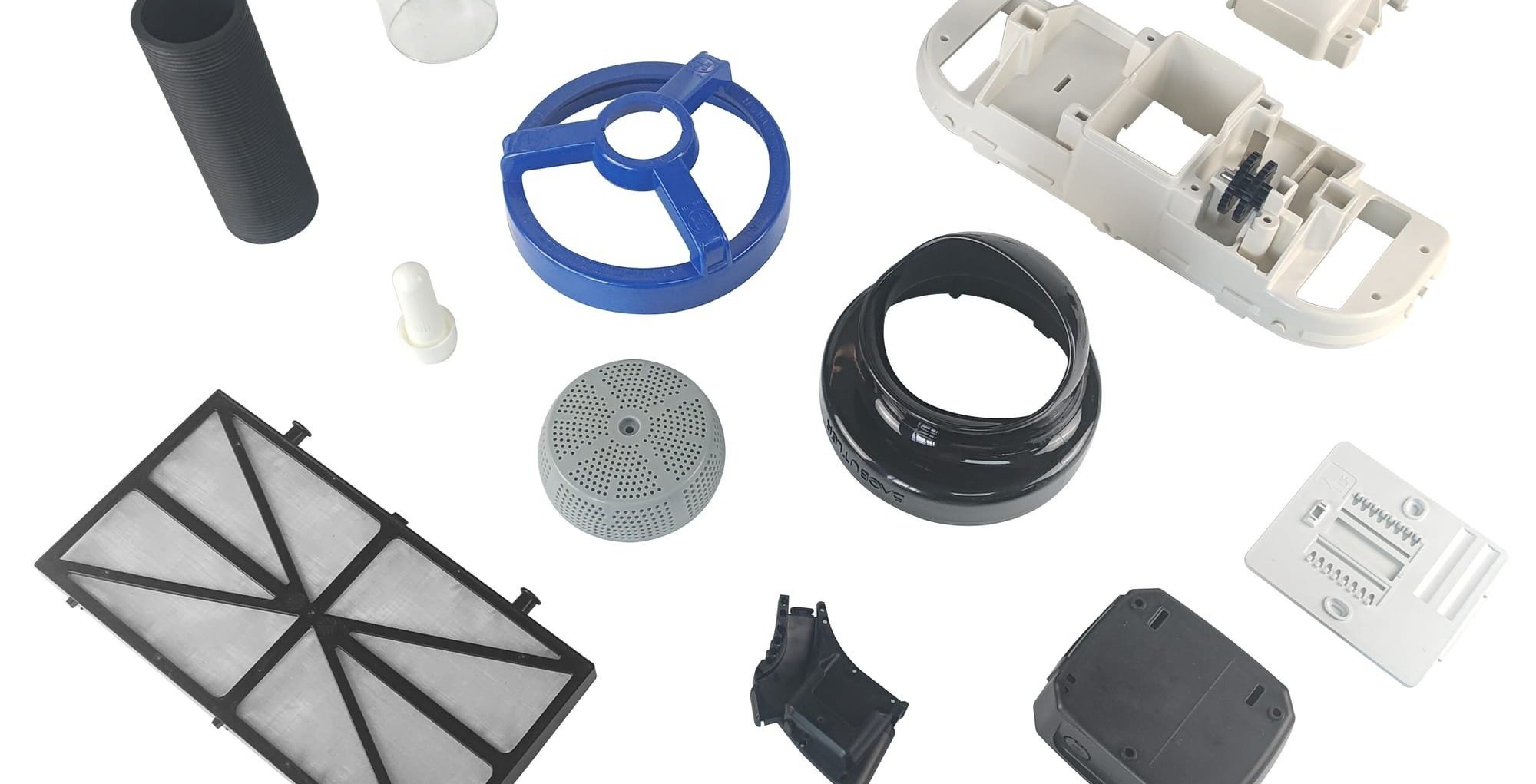"Mastering Injection Molding: Common Issues and Solutions"
Injection molding is a widely used manufacturing process that involves injecting molten plastic into a mold cavity to create a variety of plastic products. This process is known for its efficiency, versatility, and ability to produce high-quality products at a low cost. In this blog, we will explore the various steps of the injection molding process and common issues that may arise during each step, as well as how to solve these issues.
Step 1: Mold Design
The first step in injection molding is mold design. The mold is typically made of steel or aluminum and is designed to be reusable for multiple production runs. During mold design, it is essential to consider the following factors:
- Product design: The mold design should be based on the product design to ensure that the final product meets the desired specifications.
- Material selection: The appropriate thermoplastic material should be selected based on the properties required for the final product.
- Moldability: The mold design should be optimized for moldability to minimize the risk of defects or inconsistencies.

Common issues during mold design include:
- Undercut: An undercut is a feature on the product design that prevents it from being ejected from the mold. To solve this issue, the mold design should include a side-action mechanism to release the product from the mold.
- Warpage: Warpage occurs when the product is not uniform in thickness or when there is uneven cooling during the molding process. To solve this issue, the mold design should be optimized for uniform cooling and consistent wall thickness.
Step 2: Material Preparation
Once the mold is designed, the appropriate thermoplastic material is selected and prepared for injection molding. During material preparation, it is essential to consider the following factors:
- Material properties: The material properties should be verified to ensure that they meet the required specifications.
- Drying: Some materials require drying before injection molding to remove moisture and prevent defects.
Common issues during material preparation include:
- Contamination: Contamination can occur when foreign materials are introduced into the material during handling or processing. To solve this issue, the material should be stored and handled in a clean environment, and the injection molding machine should be cleaned regularly.
- Inconsistent material flow: Inconsistent material flow can result in defects or inconsistencies in the final product. To solve this issue, the material should be mixed thoroughly, and the injection molding machine should be calibrated properly.

Step 3: Injection Molding
The selected material is then melted and injected into the mold cavity under high pressure. During injection molding, it is essential to consider the following factors:
- Injection speed: The injection speed should be optimized to prevent defects such as flash or sink marks.
- Cooling: The cooling time should be optimized to prevent warpage and shrinkage.
Common issues during injection molding include:
- Flash: Flash occurs when excess material protrudes from the mold. To solve this issue, the injection speed should be reduced, or the mold should be modified to prevent excess material from escaping.
- Sink marks: Sink marks occur when the material cools unevenly, resulting in depressions on the surface of the product. To solve this issue, the cooling time should be increased, or the mold design should be modified to ensure uniform cooling.
Step 4: Finishing
Once the product is removed from the mold, it may require additional finishing processes such as trimming, sanding, or painting to achieve the desired appearance and functionality. During finishing, it is essential to consider the following factors:
- Product design: The finishing process should be optimized to ensure that the final product meets the desired specifications.
- Material properties: The finishing process should be compatible with the material properties to prevent damage or degradation.
Common issues during finishing include:
- Surface defects: Surface defects such as scratches or blemishes can occur during finishing. To solve this issue, the finishing process should be optimized, and the tools and equipment should be maintained regularly.
- Material degradation: Material degradation can occur during finishing if the process is not compatible with the material properties. To solve this issue, the finishing process should be selected based on the material properties.

Conclusion
Injection molding is a complex process that requires careful consideration of many factors to produce high-quality products. By understanding the various steps of the injection molding process and common issues that may arise during each step, manufacturers can better evaluate and optimize their injection molding production. By addressing these issues promptly, manufacturers can reduce waste, minimize downtime, and improve product quality.